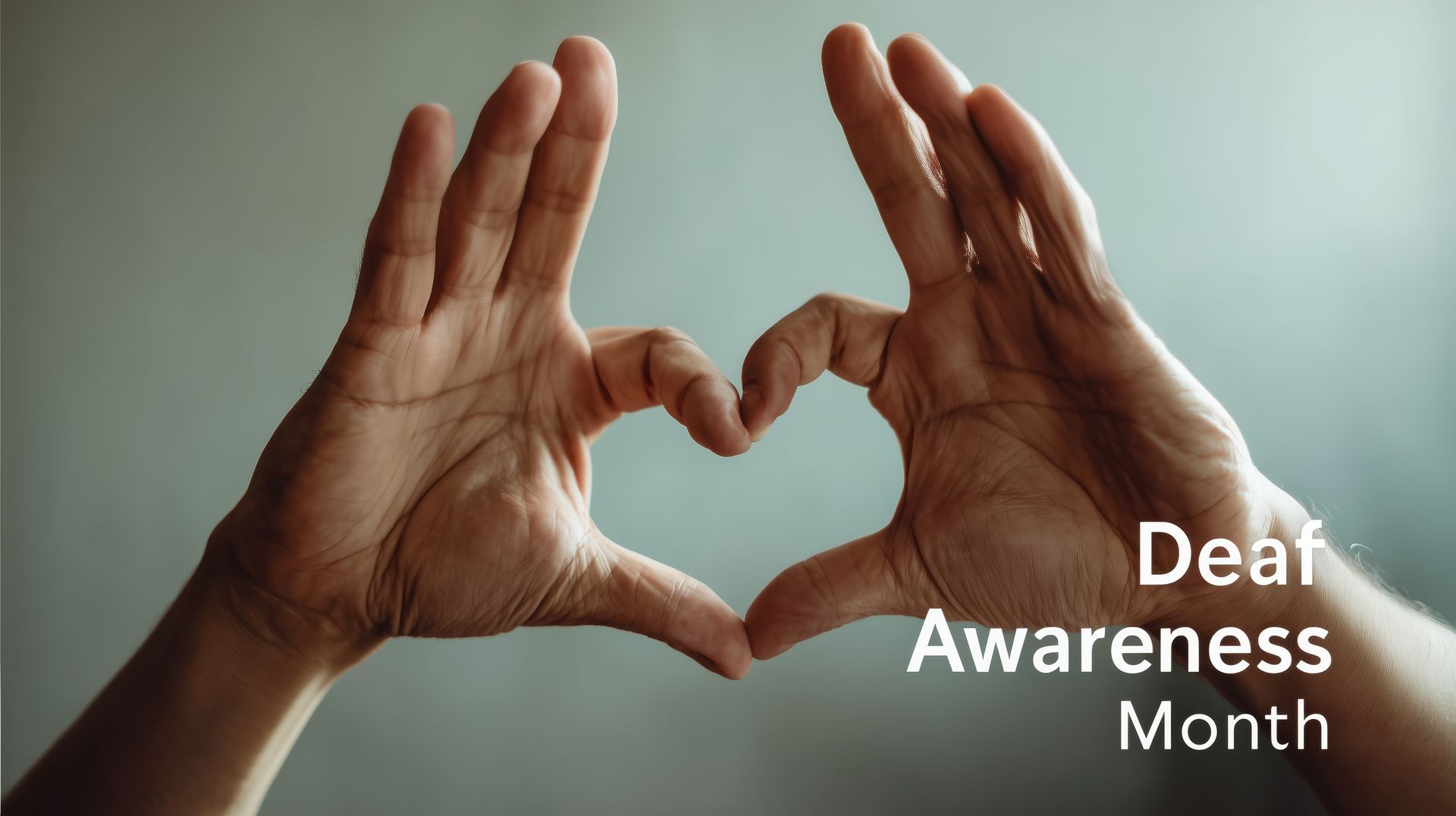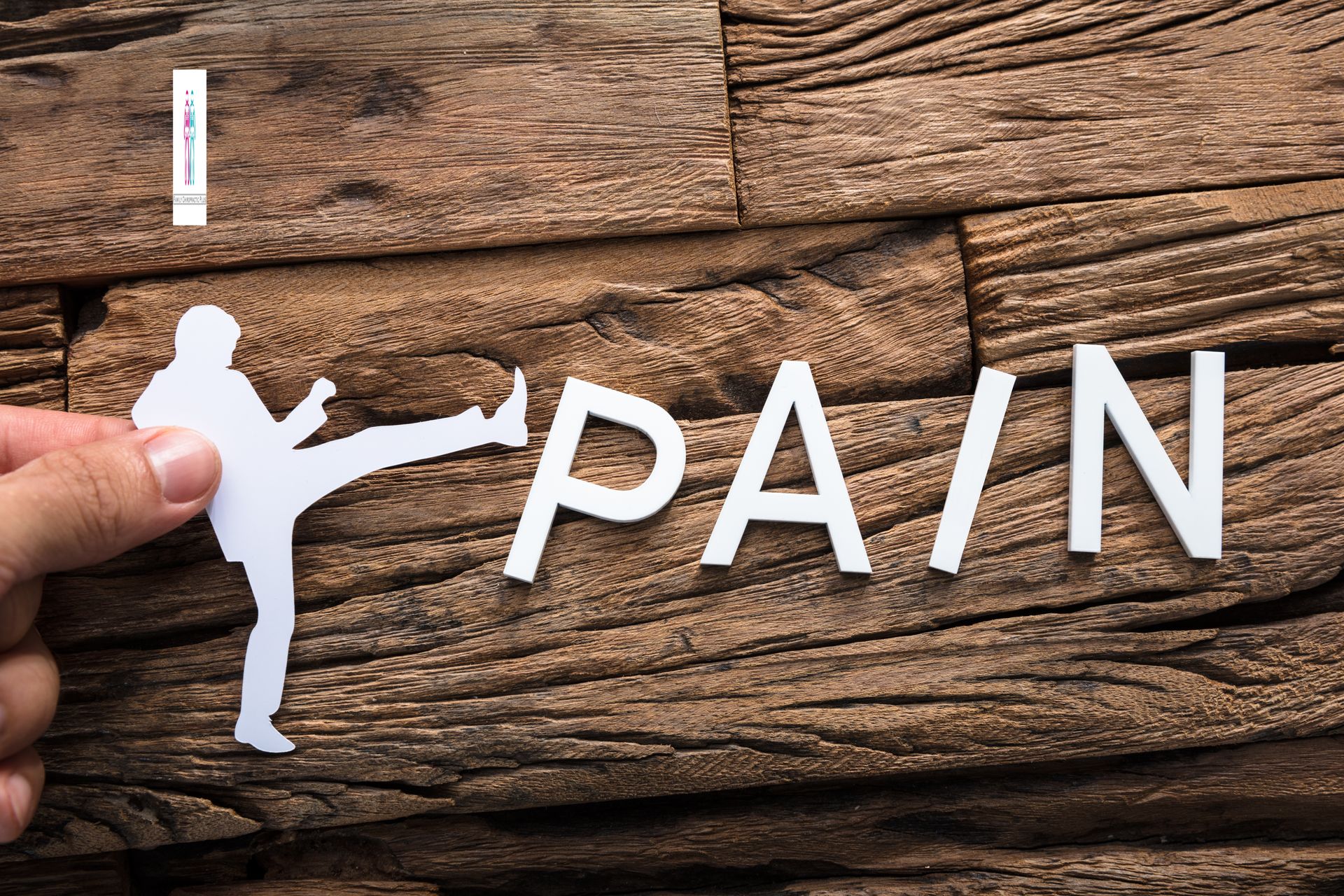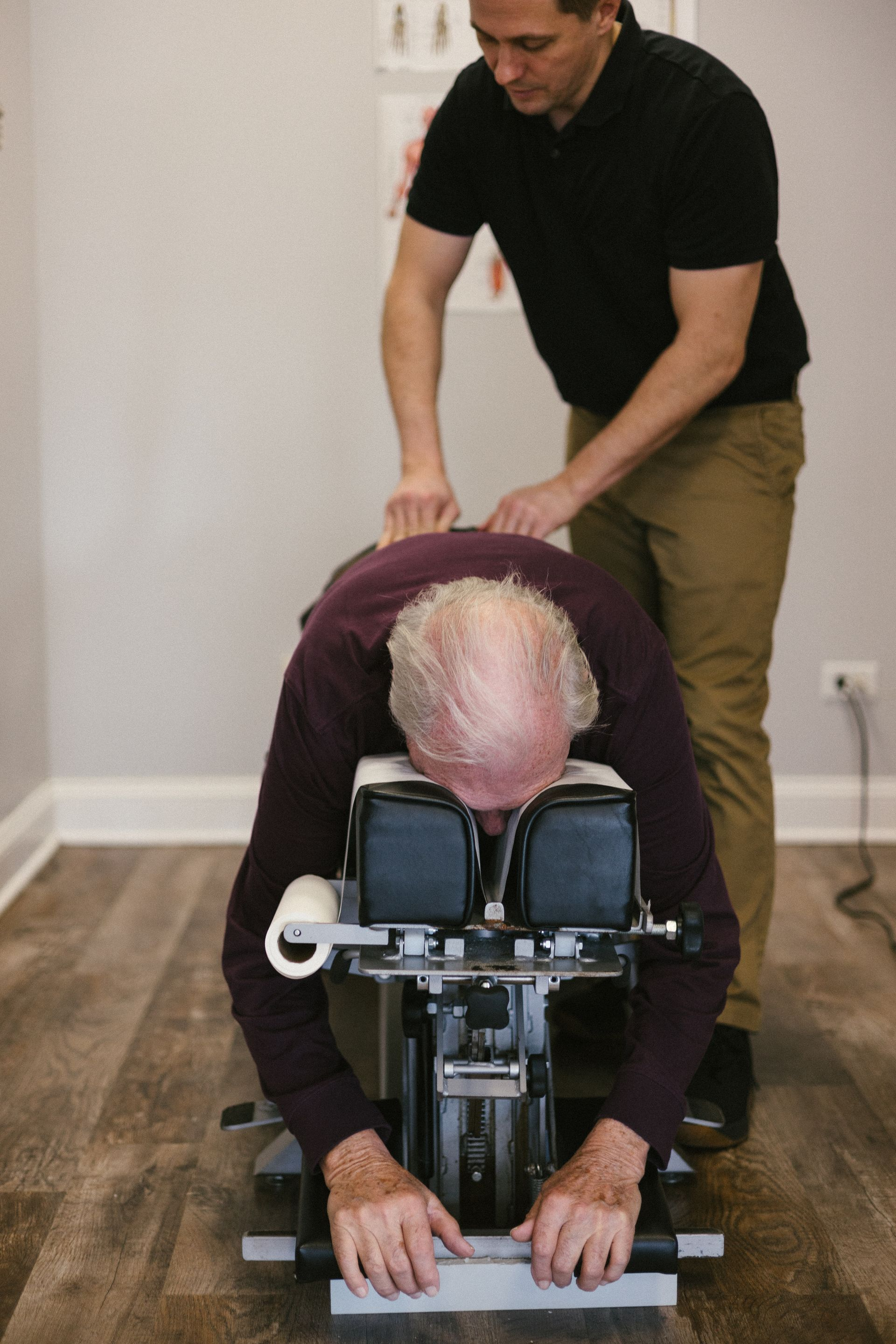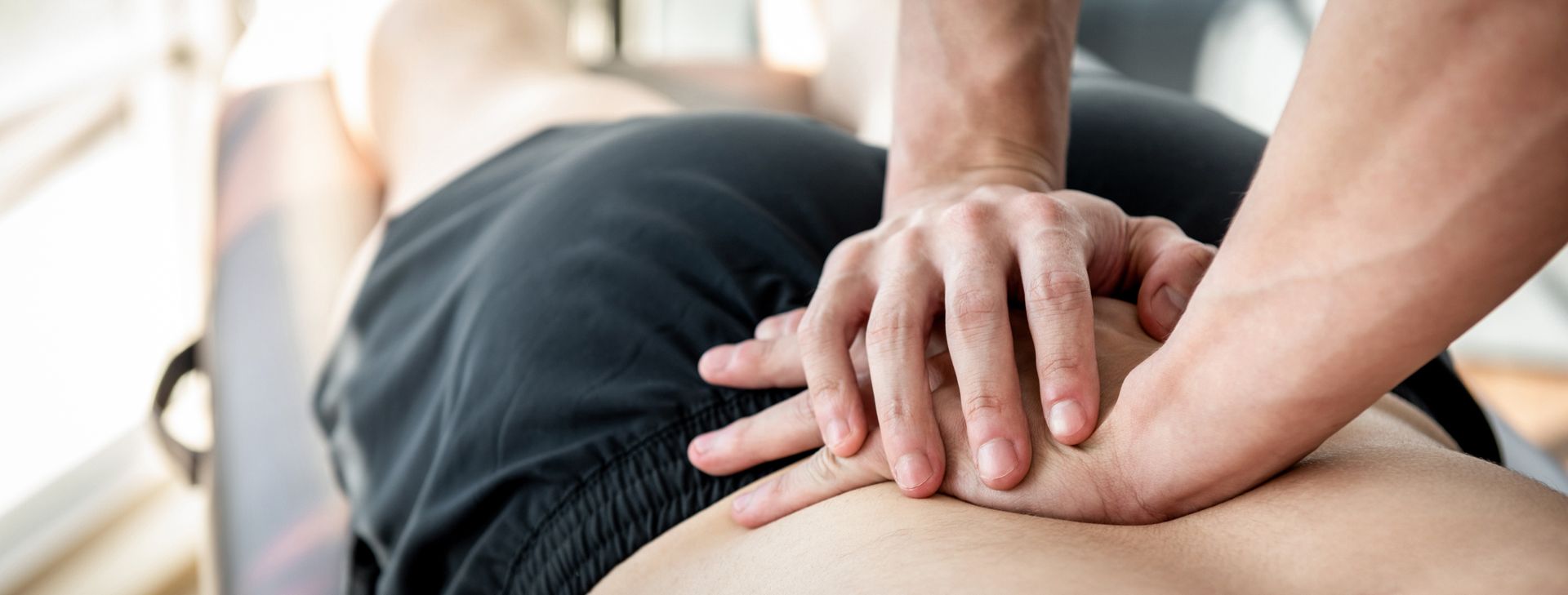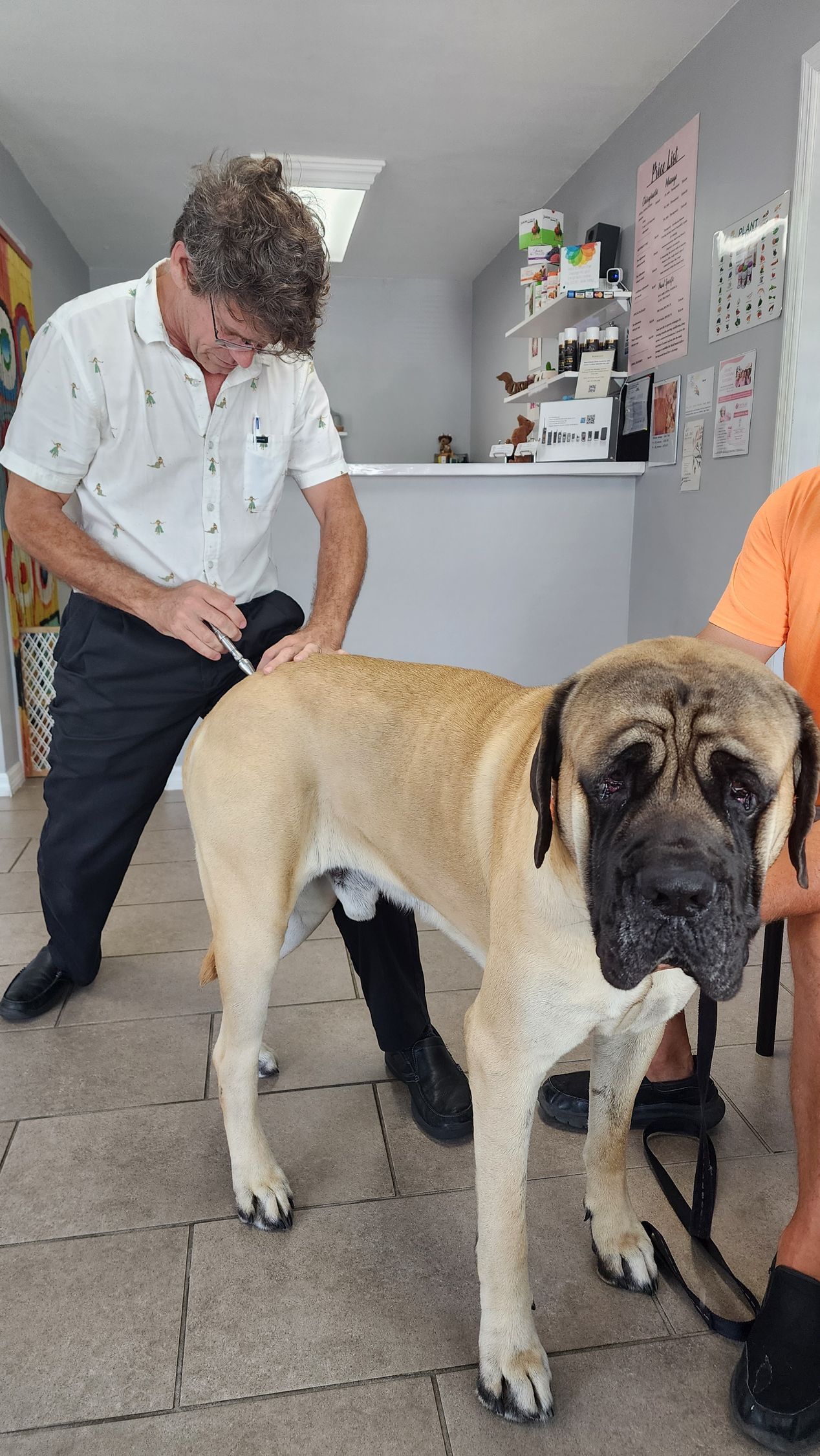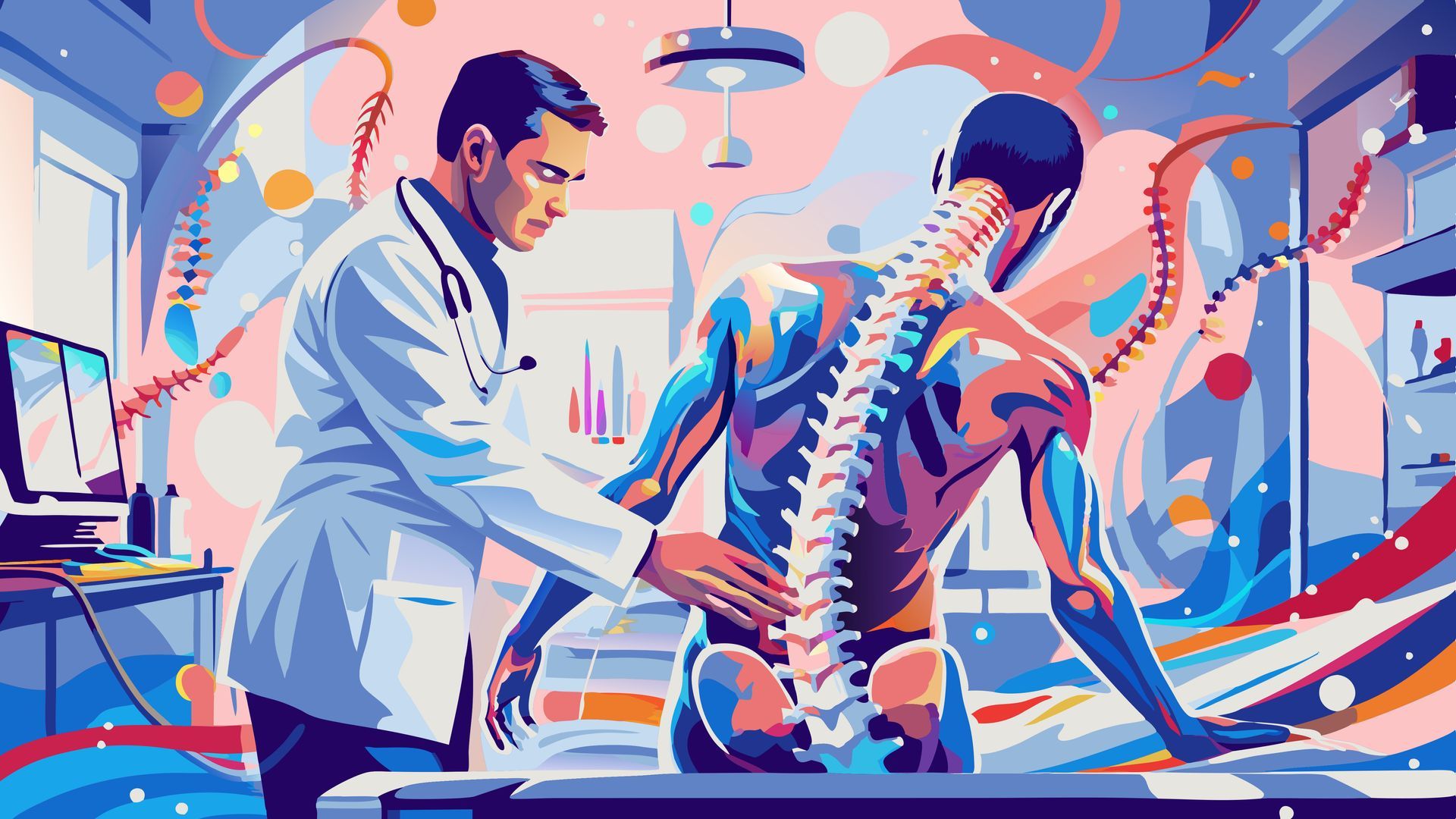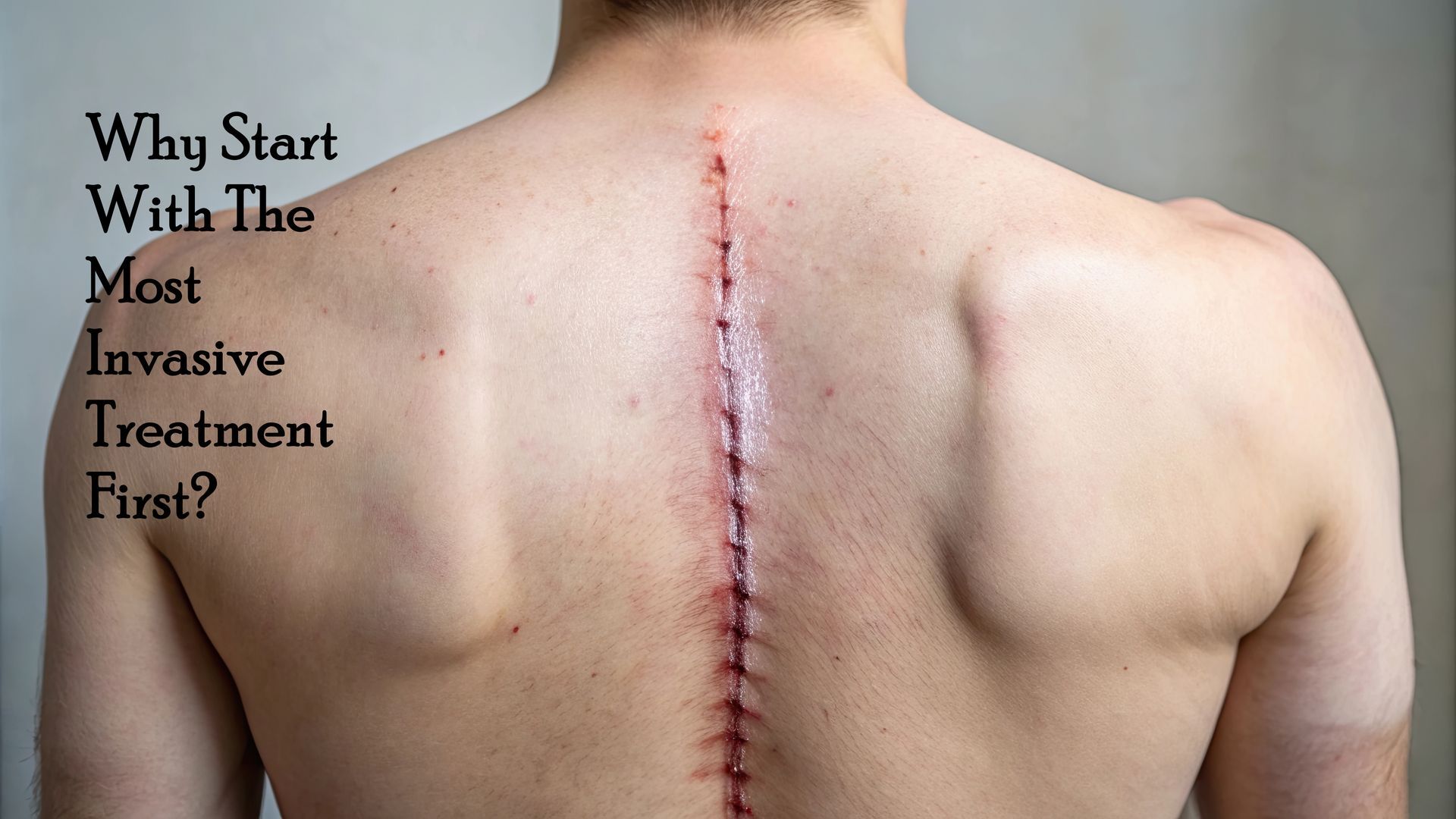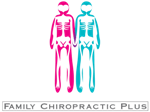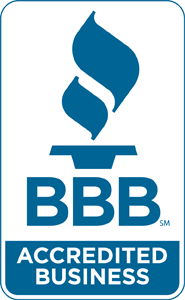By Louise Blankenship
•
May 1, 2025
How Chiropractic Care Can Help You Avoid Surgical Intervention Each year, more than 500,000 Americans undergo back surgery, a statistic that highlights the prevalence of spinal issues in our society. While surgical intervention is sometimes necessary, many patients are discovering that alternative approaches can effectively address their pain without the risks and recovery time associated with operations. Chiropractic treatment stands at the forefront of these non-invasive options, offering hope to those suffering from chronic discomfort and limited mobility. For individuals experiencing persistent neck or back pain following accidents, injuries, or due to degenerative conditions, exploring conservative treatment methods before committing to surgery makes practical sense. Chiropractic care focuses on natural healing processes, addressing the root causes of discomfort rather than merely masking symptoms. This approach not only provides relief but may also eliminate the need for surgical procedures altogether. Research increasingly supports the effectiveness of chiropractic interventions in preventing surgical outcomes. A notable study examining approximately 1,900 workers with back injuries over three years revealed striking results: among those who initially consulted surgeons, 42% eventually underwent operations, while only 1.5% of those who sought chiropractic treatment required surgery. These findings underscore the potential of chiropractic care as a viable alternative to invasive procedures. Whether you're dealing with acute pain from a recent injury or managing a chronic condition, understanding how chiropractic treatment can help prevent surgery empowers you to make informed decisions about your health journey. Let's explore the specific ways chiropractors address common issues that might otherwise lead to the operating room. Addressing Neck Pain Through Chiropractic Methods Neck discomfort represents one of the most common complaints bringing patients to chiropractic offices. This pain often stems from spinal misalignments or dysfunction that extends beyond the neck itself. Professional chiropractors recognize that cervical issues frequently connect to problems in other regions of the spine, creating a complex pattern of discomfort that requires comprehensive assessment. During initial consultations, chiropractors conduct thorough examinations to identify the underlying causes of neck pain. This diagnostic process involves evaluating posture, range of motion, spinal alignment, and sometimes imaging studies to develop a complete picture of the patient's condition. By understanding the root causes rather than focusing solely on symptoms, practitioners can develop targeted treatment strategies that address fundamental issues. Chiropractic approaches to neck pain typically incorporate various techniques tailored to individual needs. These may include gentle spinal adjustments to restore proper alignment, manual therapy to address soft tissue restrictions, and therapeutic exercises to strengthen supporting muscles. This multifaceted approach helps relieve pressure on nerves, reduce inflammation, and improve mobility without resorting to surgical intervention. Conditions responsive to chiropractic care include cervical disc injuries that don't require immediate surgery, whiplash resulting from auto accidents, facet joint sprains, and degenerative conditions affecting the neck vertebrae. Even patients who have been told surgery might be necessary often experience significant improvement through consistent chiropractic treatment, allowing them to avoid operations and their associated risks. Halting Spinal Degeneration Before Surgery Becomes Necessary The progressive nature of spinal degeneration makes early intervention crucial for preventing surgical outcomes. As individuals age, natural wear and tear affects spinal structures, potentially leading to bone spurs, decreased disc height, and compromised function. Without proper management, these changes can accelerate, eventually reaching a point where surgical intervention seems inevitable. Regular chiropractic maintenance plays a vital role in slowing this degenerative process. Through periodic adjustments, chiropractors help maintain optimal spinal alignment, reducing uneven pressure on vertebral discs and facet joints. This balanced distribution of forces allows tissues to function properly and receive adequate nutrition, supporting the body's natural healing mechanisms. Chiropractic care addresses several factors contributing to spinal degeneration. By improving joint mobility, treatments prevent prolonged compression that accelerates disc deterioration. Enhanced blood circulation delivers essential nutrients to spinal tissues while removing inflammatory waste products. Additionally, proper alignment reduces stress on supporting ligaments and muscles, creating an environment conducive to tissue health rather than breakdown. For patients already experiencing early signs of degeneration, such as occasional stiffness or minor pain, chiropractic intervention can be particularly valuable. These individuals often respond well to conservative care, experiencing improved function and reduced discomfort without resorting to surgical procedures. Even those with more advanced degeneration frequently benefit from chiropractic treatment as part of a comprehensive management approach. Treating Back Injuries Without Surgical Intervention Back injuries represent a leading cause of disability worldwide, affecting people of all ages and activity levels. Whether resulting from sudden trauma like falls or accidents, or developing gradually through repetitive strain, these injuries can severely impact quality of life. Many sufferers initially believe surgery represents their only hope for relief, unaware that chiropractic care offers effective alternatives. Chiropractors approach back injuries with a focus on comprehensive assessment and individualized treatment planning. The evaluation process identifies specific tissues involved, movement patterns affected, and contributing factors that might impede recovery. This detailed understanding allows practitioners to develop targeted interventions addressing the unique aspects of each patient's condition rather than applying generic solutions. Treatment protocols for back injuries typically combine several therapeutic approaches. Spinal adjustments restore proper alignment and movement patterns, reducing pressure on injured tissues. Spinal decompression techniques gently stretch the spine, creating negative pressure that allows herniated or bulging discs to retract. Soft tissue therapies address muscle imbalances and trigger points that contribute to pain and dysfunction. This integrated approach promotes natural healing without surgical risks. The effectiveness of chiropractic care for back injuries extends beyond immediate pain relief to address long-term function and prevention. By correcting biomechanical issues contributing to the original injury, treatments reduce the likelihood of recurrence. Patients also receive education about proper body mechanics, ergonomics, and exercises to support ongoing spinal health, empowering them to participate actively in their recovery process. Research Supporting Chiropractic as a Surgery Alternative Scientific evidence increasingly validates chiropractic care as an effective approach for preventing surgical interventions. Multiple studies demonstrate significant benefits for patients who choose conservative treatment before considering operations, particularly for common spinal conditions that frequently lead to surgery. The previously mentioned research examining workers with back injuries provides compelling evidence of chiropractic effectiveness. The dramatic difference in surgical rates—42% for those initially seeing surgeons versus just 1.5% for those consulting chiropractors—suggests that treatment approach significantly influences patient outcomes. This study, published in the respected journal Spine, represents just one example of growing research supporting non-surgical alternatives. Additional studies have examined specific conditions commonly leading to surgery. Research on lumbar disc herniations, for instance, has shown that many patients achieve substantial improvement through chiropractic care despite initially being considered surgical candidates. Similarly, investigations of spinal stenosis patients have demonstrated that conservative management often provides sufficient relief to avoid operations, even in cases with significant neurological symptoms. Cost-effectiveness analyses further support chiropractic care as a prudent first approach. When comparing overall healthcare expenditures, patients who begin with conservative treatments typically incur lower total costs, even accounting for cases that eventually require surgery. This economic advantage, combined with reduced risks and recovery time, makes chiropractic intervention an attractive option for both patients and healthcare systems seeking optimal outcomes. Comprehensive Chiropractic Approaches to Prevent Surgery Modern chiropractic care encompasses far more than the spinal adjustments commonly associated with the profession. Today's practitioners utilize diverse techniques and technologies to address complex conditions that might otherwise lead to surgical intervention, creating truly comprehensive treatment plans tailored to individual needs. Spinal manipulation remains a cornerstone of chiropractic practice, with various techniques available depending on patient needs. From gentle, low-force methods appropriate for seniors or acute conditions to more dynamic approaches for younger, athletic individuals, adjustments are customized to provide optimal benefits while ensuring patient comfort. These manipulations restore proper joint function, reduce nerve irritation, and promote natural healing processes. Beyond adjustments, chiropractors incorporate numerous complementary therapies to enhance outcomes. Therapeutic exercises strengthen supporting muscles and improve movement patterns. Soft tissue techniques address muscle imbalances and adhesions that contribute to pain. Modalities like therapeutic ultrasound and electrical stimulation reduce inflammation and accelerate tissue repair. Spinal decompression systems provide gentle stretching for disc-related conditions. This multimodal approach addresses all aspects of spinal dysfunction. Patient education represents another crucial component of comprehensive chiropractic care. By helping individuals understand their conditions and teaching self-management strategies, practitioners empower patients to participate actively in their recovery. This educational aspect extends to ergonomic recommendations, lifestyle modifications, and preventive measures that support long-term spinal health and reduce the likelihood of future problems requiring surgical intervention. Conclusion: Choosing the Conservative Path When facing spinal pain or dysfunction, exploring non-surgical options before committing to operations makes practical sense. Chiropractic care offers a conservative, evidence-supported approach that addresses the root causes of many common conditions while avoiding the risks, recovery time, and expenses associated with surgical procedures. The growing body of research supporting chiropractic effectiveness provides reassurance for those considering this path. From preventing spinal degeneration to treating acute injuries and managing chronic conditions, chiropractic interventions have demonstrated significant benefits across diverse patient populations. The dramatic difference in surgical rates between those who begin with chiropractic care versus those who initially consult surgeons speaks volumes about the potential for conservative management. For individuals experiencing neck pain, back discomfort, or reduced mobility, consulting with a qualified chiropractor represents a logical first step. Through comprehensive assessment and individualized treatment planning, these practitioners can determine whether your condition might respond to conservative care or truly require surgical intervention. In many cases, patients discover that chiropractic treatment provides the relief they seek without operations. Remember that choosing chiropractic care doesn't mean permanently ruling out surgery if truly necessary. Rather, it represents a prudent approach that explores less invasive options first, potentially saving you from unnecessary procedures while addressing your pain and dysfunction effectively. With proper chiropractic care, many patients find themselves on the path to recovery without ever needing to enter an operating room. Ready for exceptional chiropractic care? Contact Family Chiropractic Plus today at www.familychiroplus.com . Our dedicated team is committed to restoring your body's natural state of health and well-being through regular adjustments, offering comprehensive care to promote healing and support your overall health.
